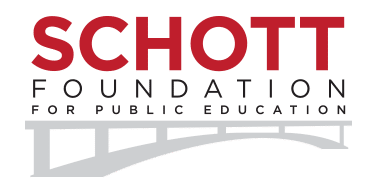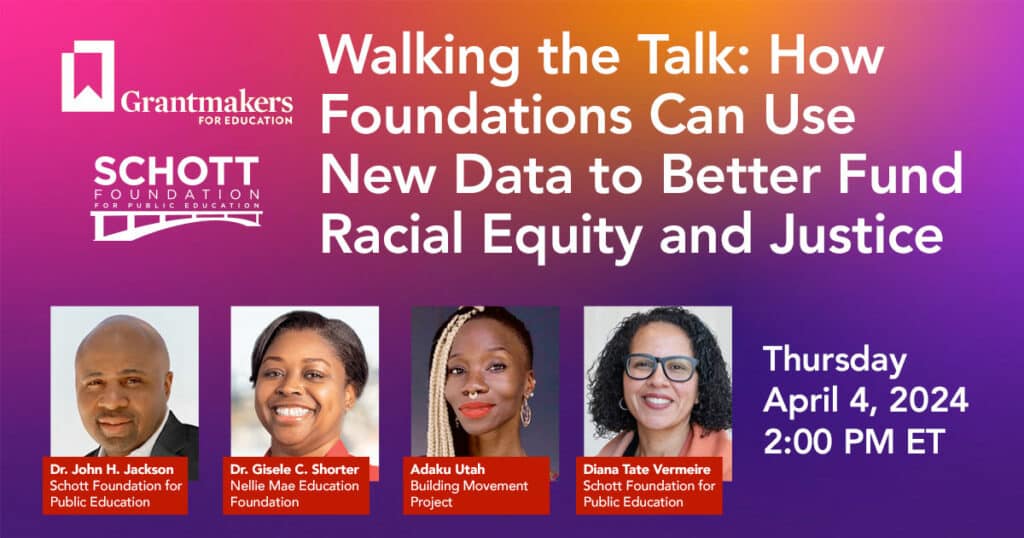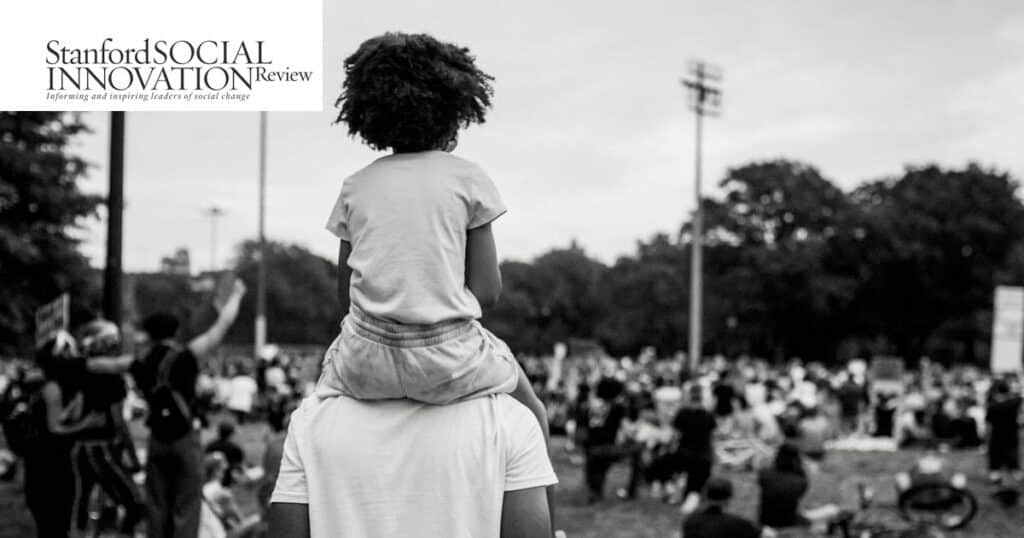Press Release
School district inequities are barrier to quality education for New York City’s poor, Black and Hispanic students, Schott Foundation report finds
FOR RELEASE: April 17, 2012
Contacts:
Rachel Sugar, 212-245-0510
Shawna Ellis, 617-876-7700
In New York City public schools, a student’s educational outcomes and opportunity to learn are statistically more determined by where he or she lives than their abilities, according to a new report, A Rotting Apple: Education Redlining in New York City, released today by the Schott Foundation for Public Education.
Primarily because of New York City policies and practices that result in an inequitable distribution of educational resources and intensify the impact of poverty, children who are poor, Black and Hispanic have far less of an opportunity to learn the skills needed to succeed on state and federal assessments. They are also much less likely to have an opportunity to be identified for Gifted and Talented programs, to attend selective high schools or to obtain diplomas qualifying them for college or a good job. High-performing schools, on the other hand, tend to be located in economically advantaged areas.
KEY FINDINGS
• A Black or Hispanic student is nearly four times more likely to be enrolled in one of the city’s poorest performing high schools as an Asian or White, non-Hispanic student.
• Districts with higher poverty rates have fewer experienced and highly educated teachers and less stable teaching staffs.
• A student of any race or ethnicity eligible for free or reduced-price meals is most likely to be enrolled in one of the city’s poorest performing high schools; an Asian or a White, non-Hispanic student is highly unlikely to be enrolled in one of the city’s poorest-performing schools.
• Students from low-income New York City families have little chance of being tested for eligibility for gifted and talented programs.
“While the term ‘redlining’ might seem strong, this report reveals evidence of blatant disparities tantamount to Apartheid-like separations accepted in New York for far too long,” said Pedro Noguera, education professor at NYU, who wrote the foreword to the report.
“Unequal learning opportunities for poor students and students of color have become the status quo in New York City,” said John Jackson, president of the Schott Foundation. “The current policy landscape in New York does very little to give these young people access to the supports, type of schools or qualified teachers that give them a substantive opportunity to learn. We need creative leadership to promote greater equity and alignment so the city no longer relegates our neediest children to the most troubled schools with the most limited resources, thereby limiting their potential for future success.”
Education Redlining bases its findings on an “Opportunity to Learn” Index that examines 500 NYC middle schools across the city’s 32 Community School Districts (CSDs). The report identifies a series of inequalities between and within districts—that largely correlate to race and poverty level. The Opportunity to Learn Index is calculated by sorting New York City middle schools by their results on the New York State Grade 8 English Language Arts assessment. Schools are then sorted into four citywide groups based on average test scores. The percentage of students in the highest-scoring group in each CSD indicates the opportunity that a student in that group has to attend one of the city’s top schools in their district.
Community School Districts with no schools among the top set of schools—with Opportunity to Learn indices of 0.00—are in the city’s poorest neighborhoods of Harlem, the South Bronx, and central Brooklyn. Schools with the highest scores are found in northeastern Queens, the Upper West Side, and the Upper East Side.
To read the full report, including district by district analysis and policy recommendations, click here.
The Schott Foundation’s Education Redlining report offers several recommendations for how New York City can improve education outcomes for all of its students by providing equitable access to the DOE’s best schools and programs:
• New York State should restore and increase funding that has been dramatically cut in the past two years, cuts that have effectively reversed the impact of CFE v. State of New York; November 2006, which requires the state to provide a “sound basic education” to all children.
• All New York City middle schools should offer the courses necessary for the Specialized High Schools Admissions Test, and tutoring should be offered freeto all students eligible for free and reduced-price meal programs.
• The NYC DOE should administer the Gifted and Talented program test to all prospective kindergarten students; tutoring should be offered freeto all students eligible for free or reduced-price meal programs.
• New York State and City Departments of Education should direct additional resources to schools on a non-competitive basis according to student need: schools serving students from homes with fewer resources should receive significantly more per-student funding than those serving students from homes with greater resources.
• Every school should conduct an “opportunity audit” to determine if they are offering each student a fair and substantive opportunity to learn. The NYC DOE should then set a goal of bringing every school’s Opportunity to Learn Index to no less than .80 by 2015 and 1.0 by 2020, indicating an improvement in available resources for students who attend.


